Rhythm, costume, and communal pride
Cultural Aesthetics of Gulmit & the Wakhi People — Dress, Dance & Identity
In Gulmit, cultural aesthetics are more than performance. Through dance, costume,
and symbolism, the Wakhi people express identity, memory, and communal belonging.
From embroidered dresses to ritual dances, each act carries heritage forward.
“Every embroidered motif and every step of dance is a story — carrying Gulmit’s Wakhi heritage into the present.”
1. The Wakhi Folk Dance Tradition
Dance lies at the heart of Wakhi social expression. The most celebrated is the
“Eagle Dance”, performed at weddings, festivals, and gatherings.
Movements mimic the majesty of an eagle, blending intricate footwork,
expressive hand gestures, and communal rhythm.
Wakhi women often lead, clad in richly embroidered dresses, accompanied by song and traditional music. School performances, such as at Al-Amyn School in Gulmit, show how traditions are transmitted to younger generations.
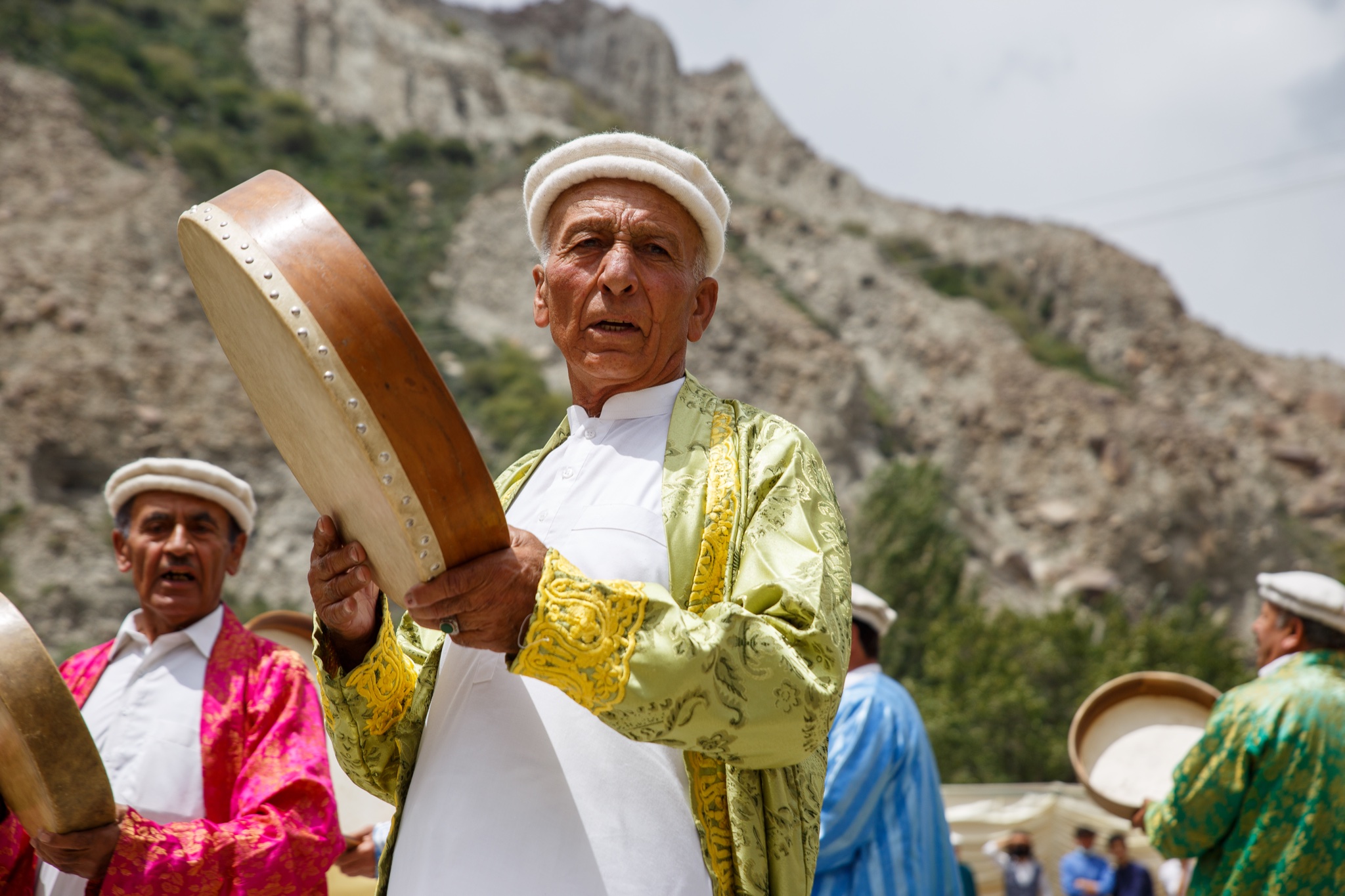
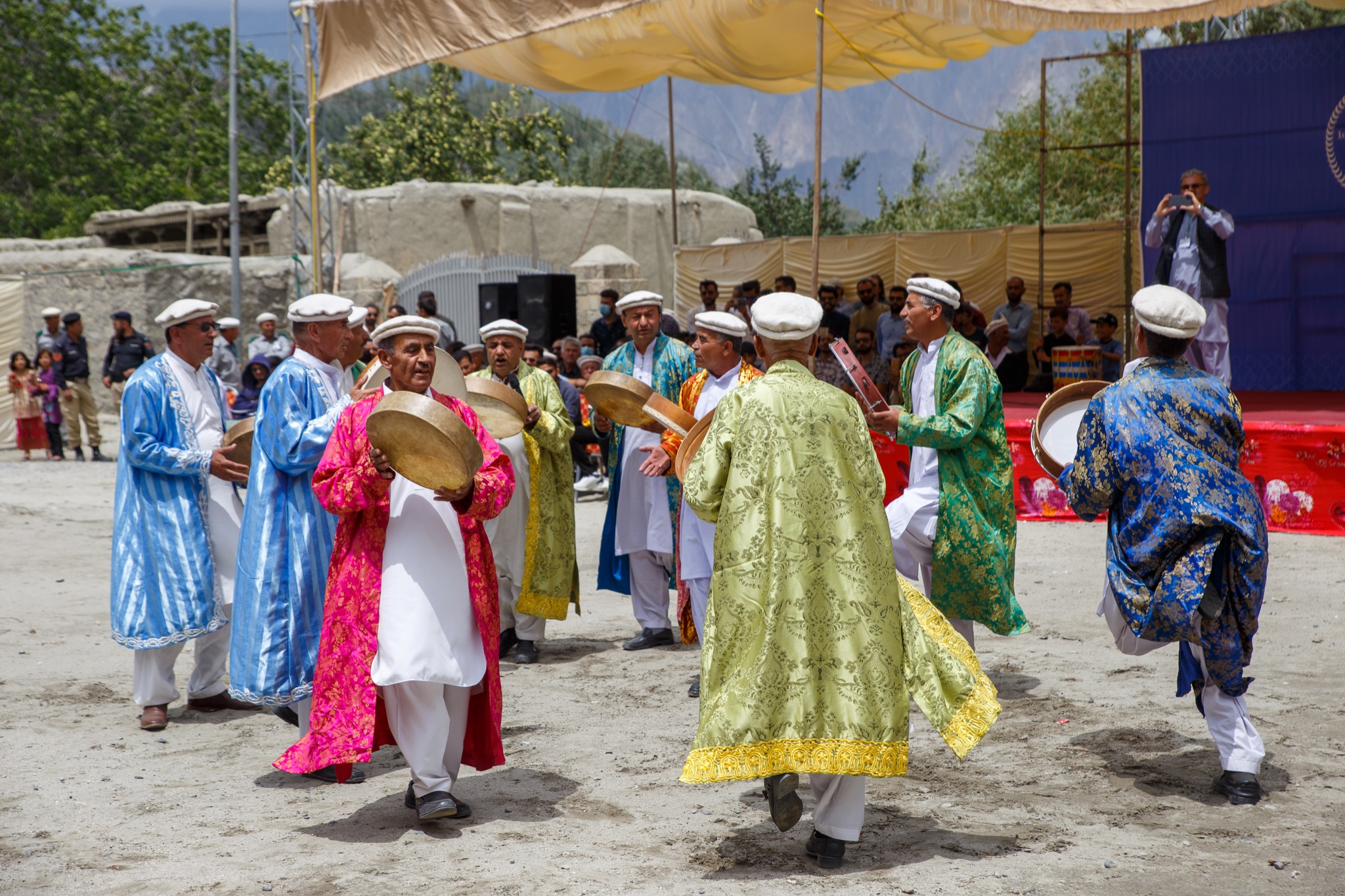
2. Traditional Wakhi Attire: A Tapestry of Embroidery & Symbolism
Dress serves as a canvas of identity. Women’s costumes and men’s headgear carry motifs of nature, geometry, and memory.
Women’s Costumes
- Long, embroidered dresses in vivid colors, paired with patterned headscarves or dupattas.
- Motifs often draw from local landscapes, animals, and symbolic geometry.
Men’s Dress
- Simpler, functional attire, complemented by traditional headgear.
The Wakhi Cap (“Sekeed”)
- A soft woolen cap with rolled edges, in earthy tones of grey, brown, or ivory.
- Decorated with feathers or plumes during ceremonies as symbols of pride.
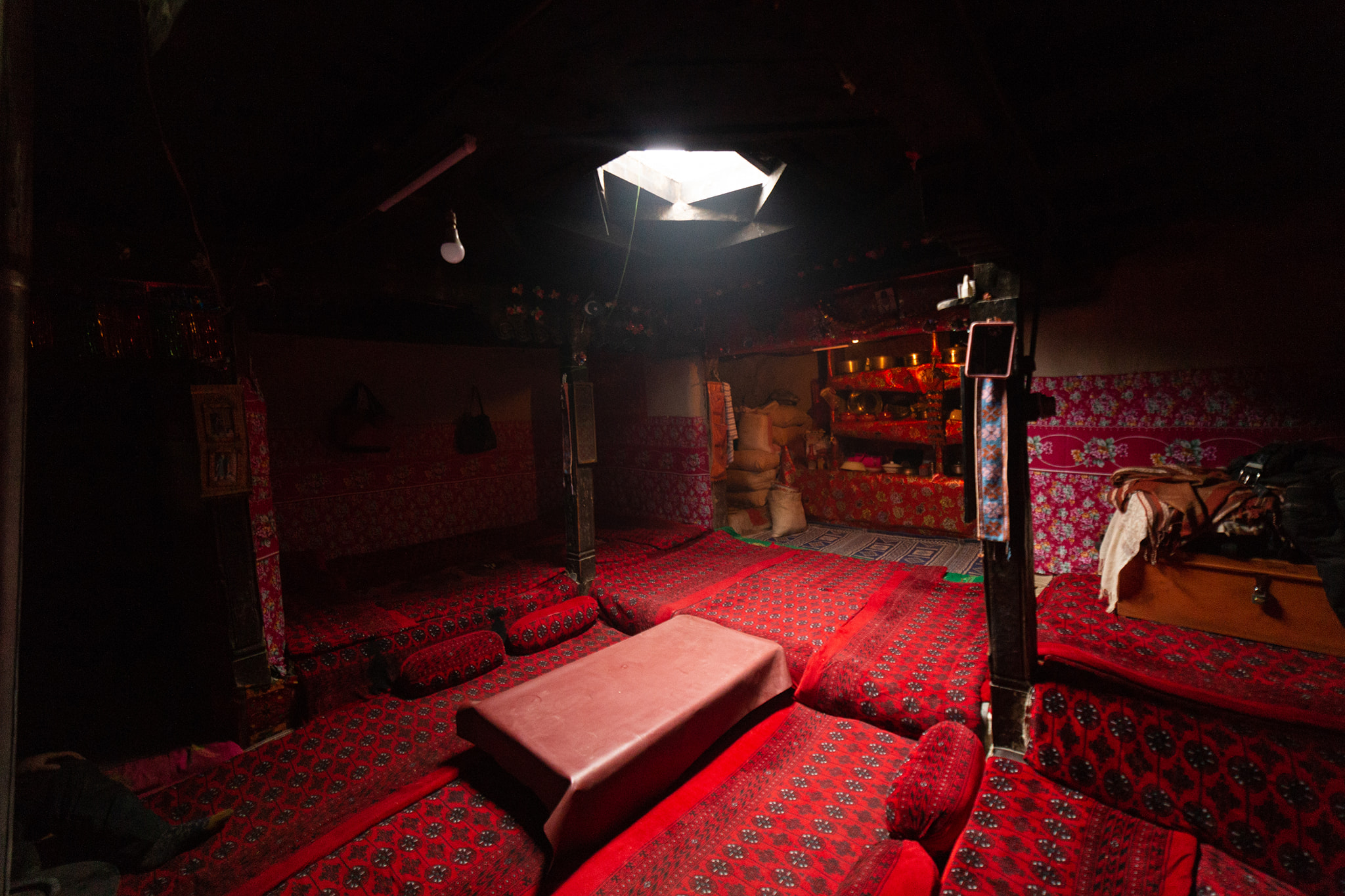
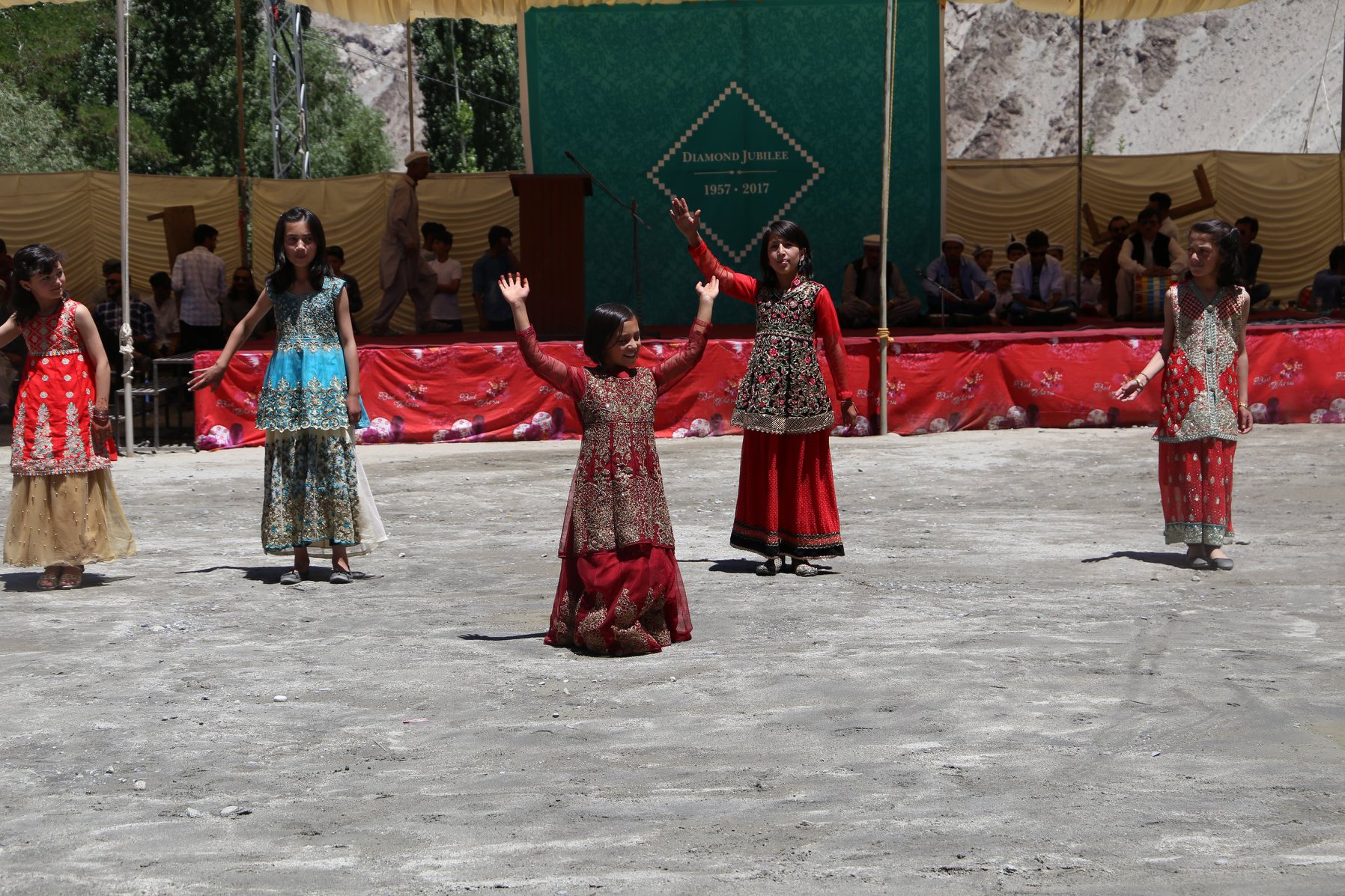
3. Ritual & Celebration: The Groom’s Dance & Wedding Pageantry
Weddings are vibrant stages for Wakhi aesthetics. One of the most symbolic moments is the groom’s dance — performed in ceremonial dress and cap, sometimes adorned with feathers. These rituals embody continuity, as music and dance gather entire communities in joy.
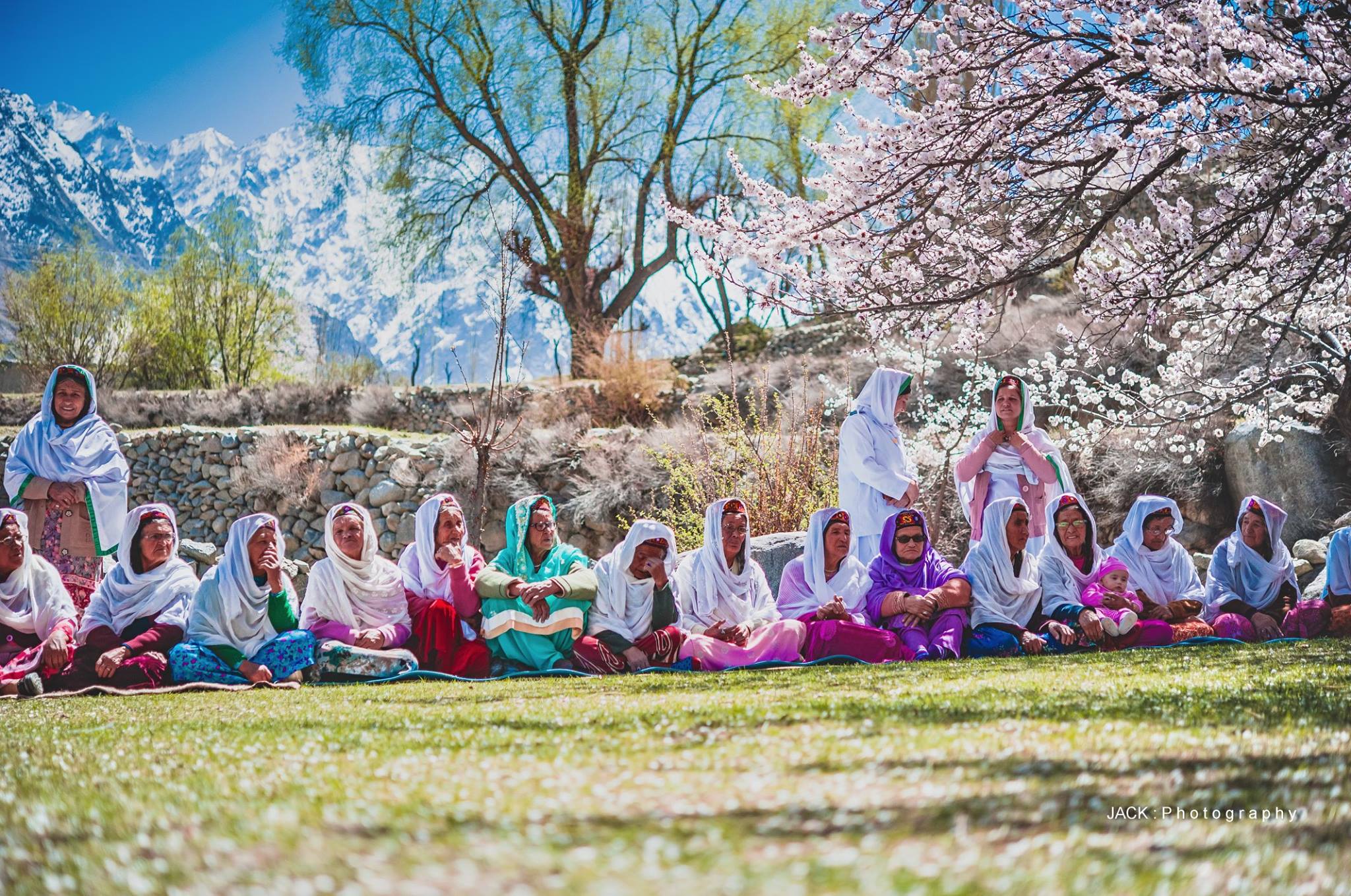
4. Cultural Identity, Preservation, and Community Pride
Wakhi culture is sustained through community-led institutions like the Bulbulik Heritage. These initiatives safeguard language, songs, and rituals, ensuring traditions remain vibrant.
Today, Wakhi people of Gulmit balance heritage with modern life — preserving arts, performing at festivals, and teaching younger generations through schools and associations.
Dress & Dance Dynamics
Gulmit’s cultural aesthetics are not ornaments — they are identity in motion.
From wedding dances to embroidered scarves, every gesture and stitch affirms
belonging. As institutions, families, and artists nurture these traditions,
Gulmit’s heritage continues to live, vibrant and unbroken.
